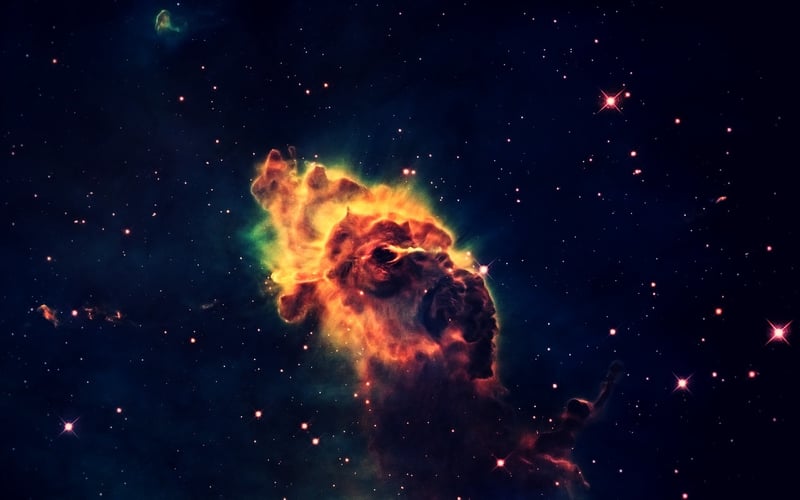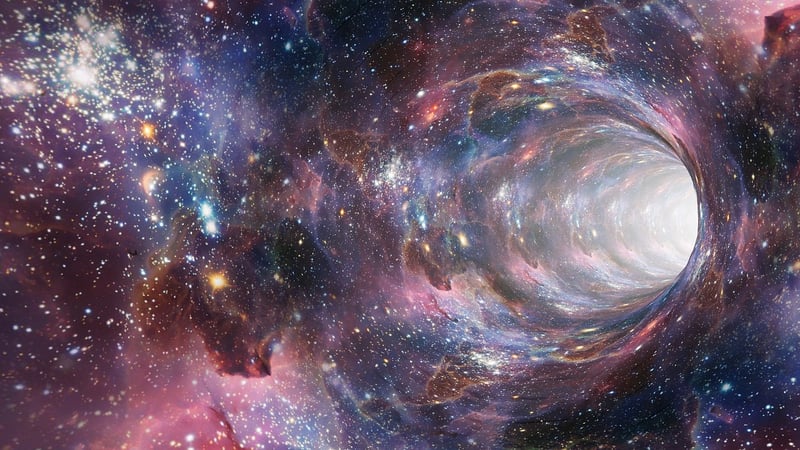Space-Time Continuum
The Science Behind Time Travel and the Space-Time Continuum

Time travel has been a popular subject in science fiction for decades, captivating audiences with its possibilities and complexities. But what does science have to say about time travel and the Space-Time Continuum?
Understanding the Space-Time Continuum
In physics, the concept of the Space-Time Continuum refers to the four-dimensional framework in which all events occur. It combines the three dimensions of space with the fourth dimension of time into a single continuum.
Einstein's Theory of General Relativity
Albert Einstein's theory of General Relativity revolutionized our understanding of gravity and space-time. According to this theory, massive objects like planets and stars warp the fabric of space-time, creating gravitational forces that affect the motion of other objects.
The Possibility of Time Travel
While time travel to the past is still a topic of debate among scientists, some theories, like the concept of closed timelike curves, suggest that it might be theoretically possible under certain conditions. However, traveling to the future is more widely accepted, as time dilation effects at near-light speeds have been observed and proven.
Challenges and Paradoxes
Time travel comes with its own set of challenges and paradoxes, such as the famous grandfather paradox, where a time traveler could potentially prevent their own existence by changing events in the past. These paradoxes raise questions about the consistency of causality and the nature of reality.
Conclusion
While time travel remains a fascinating concept that sparks the imagination, the scientific understanding of its feasibility is still evolving. The Space-Time Continuum and Einstein's theories provide a framework for exploring the possibilities and limitations of time travel, pushing the boundaries of our understanding of the universe.
For more information on time travel and the Space-Time Continuum, you can visit Space.com.
